Nvidia is hell-bent on maintaining its pole position in the global GPU market. Not only is their hardware state-of-the-art with up-and-coming GPUs like the GeForce RTX 4070 series, but also their technology, like DLSS draws the most juice out of their very powerful GPUs.
DLSS 2, which first came out in 2018, was a big head start for Nvidia in the scaling segment. It was only as recently that AMD’s FSR 2 came out and is being supported by more titles now.
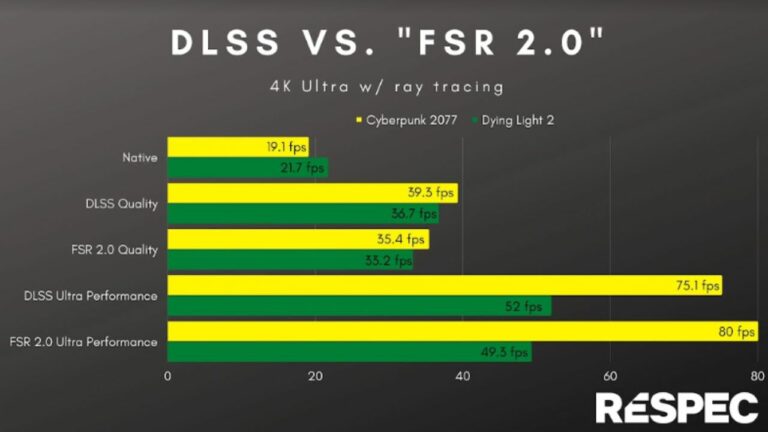
The DLSS 3 is the latest offering by Nvidia that uses an AI-powered performance multiplier that delivers outstanding image quality and up to 4X the performance of “brute force rendering” with reduced response times.
It has been noted that DLSS 3 is being adopted by developers at about seven times the rate of the DLSS 2 version, leaving competitors in the dust. The staggering performance and upscaling benefits leave gamers with an enriched performance.
The reason for such a staggering adoption rate was that DLSS 3 uses Optical Multi Frame Generation generating entirely new problems rather than just pixels, boosting performance.
With the help of the new 4090 GPUs based on the “Ada Lovelace” architecture and calculating from two subsequent in-game image values for motion vector data for objects and images, anomalies are reduced in rendering reflections, shadows, and lighting and gives the light a close-to-life feeling.
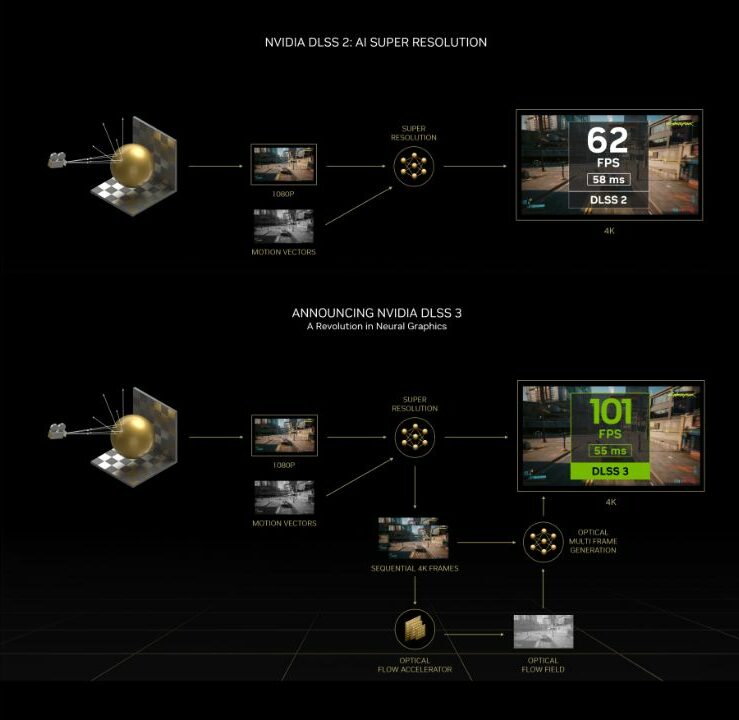
The main reason it can boost frame rates is that the DLSS Frame Generation executes as a post-process on the GPU. This reduces loads on the CPU and provides frame rate boosts of up to 4x.
As for their competitors, the main difference between AMD’s FSR and Nvidia’s DLSS is that DLSS is more AI-driven approach, using Tensor Cores to upscale, while AMD uses a traditional GPU-driven approach.
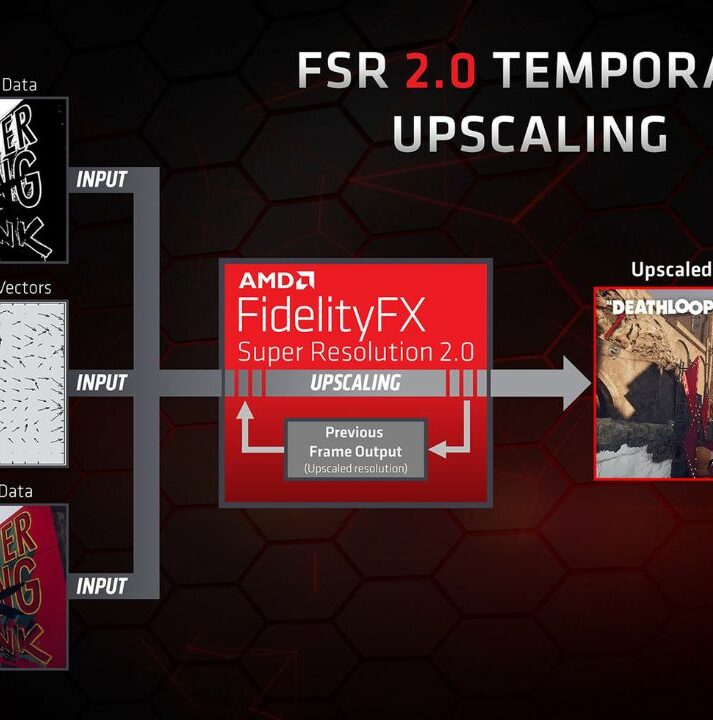
It would be fair to say that AMD’s development of FSR was more of a compulsion to make sure Nvidia aren’t the only one in the market with an upscaling technology to catch up with DLSS’s adoption rate.
FSR 2’s adoption rate is also exploding exponentially, with up to 250+ titles/applications, compared to DLSS’s 270+. AMD is struggling, but they’re competing with their upcoming FSR 3 which is going to boost the open-source nature of the PC platform.
While every technology needs refining occasionally, Nvidia is doing just that to perfect their DLSS 3 and ensure that more developers are eager to include it in their new products.
Nvidia has the upper hand, and it’s no exaggeration that their AI-powered DLSS is far ahead of AMD’s FSR, but it will be interesting to see what course of action AMD takes to tackle Nvidia’s growing dominance.
About Nvidia
NVIDIA Corporation is an American multinational technology company incorporated in Delaware, based in Santa Clara, California. They design graphics processing units (GPUs) for the gaming and professional markets, as well as system on chip units (SoCs) for the mobile computing and automotive market.
Best known for the “GeForce” lines of GPUs, they are a direct competitor to AMD’s “Radeon” series. NVIDIA has also expanded its offerings with its handheld game consoles Shield Portable, Shield Tablet, and Shield Android TV and its cloud gaming service GeForce Now.
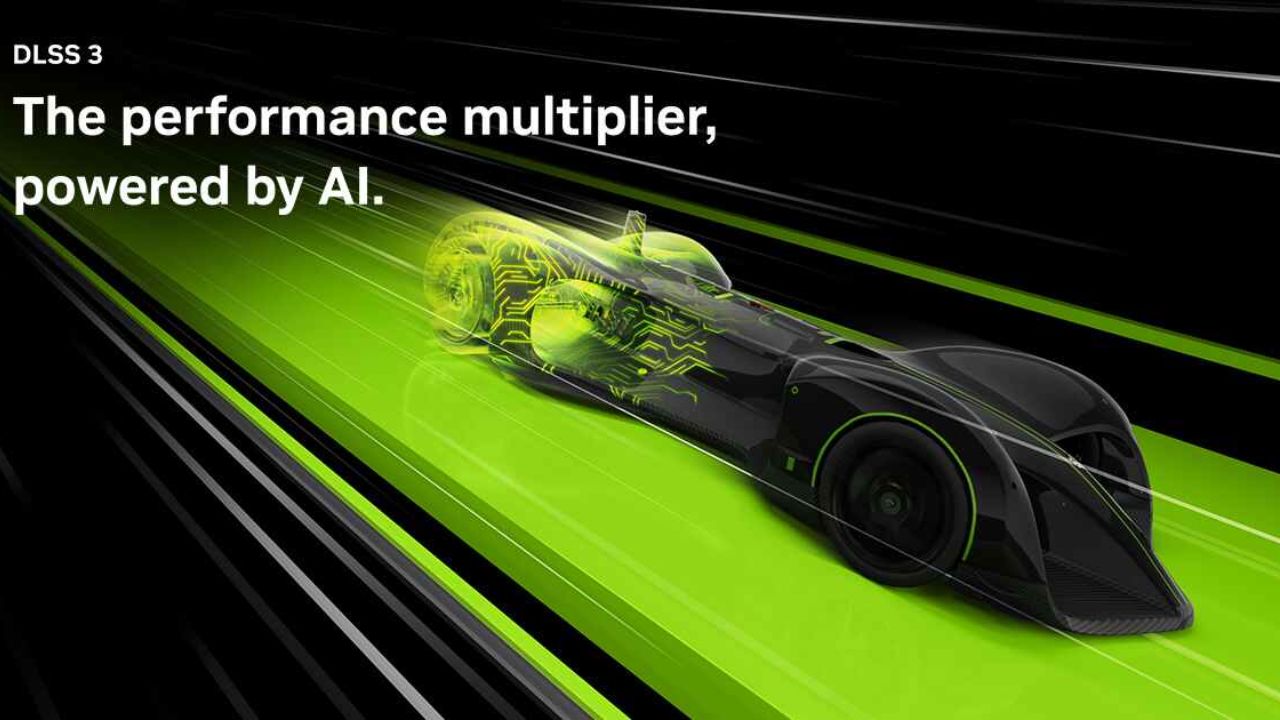
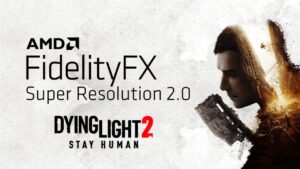

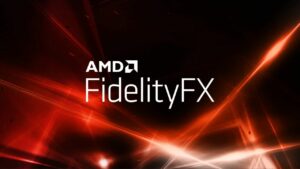

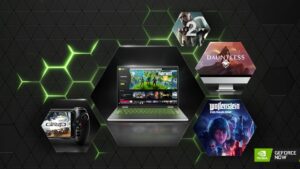

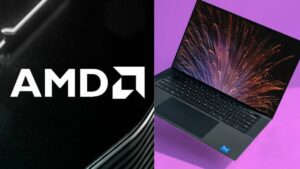

No Comments on DLSS 3 surpasses predecessor and competition in terms of game support